NASA puts ISS spacewalks on hold to investigate water leak
Wednesday, 18 May 2022 20:47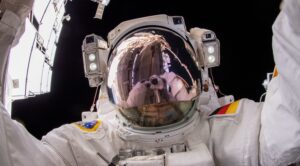
NASA is continuing to investigate water that leaked into a spacesuit helmet during a spacewalk earlier this year and is holding off on future spacewalks until engineers can resolve the problem.
Engineers investigating NASA's Voyager 1 telemetry data
Wednesday, 18 May 2022 18:52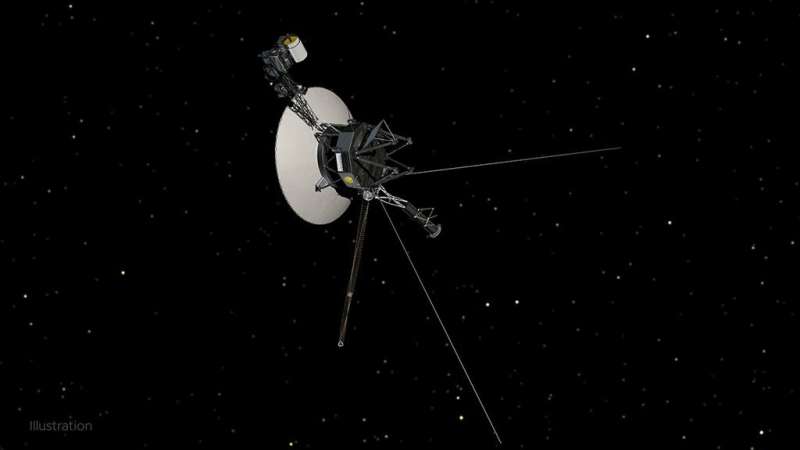
While the Voyager 1 spacecraft continues to return science data and otherwise operate as normal, the mission team is searching for the source of a system data issue.
The engineering team with NASA's Voyager 1 spacecraft is trying to solve a mystery: The interstellar explorer is operating normally, receiving and executing commands from Earth, along with gathering and returning science data. But readouts from the probe's attitude articulation and control system (AACS) don't reflect what's actually happening onboard.
The AACS controls the 45-year-old spacecraft's orientation. Among other tasks, it keeps Voyager 1's high-gain antenna pointed precisely at Earth, enabling it to send data home. All signs suggest the AACS is still working, but the telemetry data it's returning is invalid.
Military buyers challenged to stay up on the latest commercial space innovations
Wednesday, 18 May 2022 17:38
Space Force Lt. Gen. Michael Guetlein said commercial innovation today is "outpacing the demand signal from the government."
The post Military buyers challenged to stay up on the latest commercial space innovations appeared first on SpaceNews.
Ball and Raytheon win weather instrument study contracts
Wednesday, 18 May 2022 17:20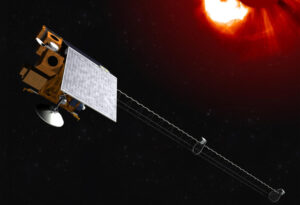
Ball Aerospace & Technologies Corp. and Raytheon Intelligence & Space will begin developing technologies for the National Oceanic and Atmospheric Administration’s next generation of weather satellites under contracts announced May 17.
The post Ball and Raytheon win weather instrument study contracts appeared first on SpaceNews.
Kongsberg orders spy satellites for Norwegian maritime surveillance
Wednesday, 18 May 2022 14:39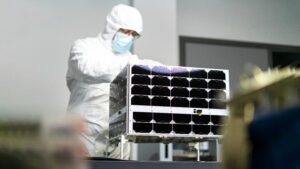
Norway’s Kongsberg Defence & Aerospace has ordered three spy microsatellites to keep tabs on vessels operating clandestinely in the North Sea.
The post Kongsberg orders spy satellites for Norwegian maritime surveillance appeared first on SpaceNews.
Kongsberg orders satellites for Norwegian maritime surveillance
Wednesday, 18 May 2022 14:39
Norway’s Kongsberg Defence & Aerospace has ordered three microsatellites to keep tabs on vessels operating clandestinely in the North Sea.
The post Kongsberg orders satellites for Norwegian maritime surveillance appeared first on SpaceNews.
Blue Origin delays next flight over technical issues
Wednesday, 18 May 2022 14:24Jeff Bezos' space company Blue Origin said it would push back the launch of its fifth crewed rocket, originally scheduled for Friday, over technical issues.
"During our final vehicle check-outs, we observed one of New Shepard's back-up systems was not meeting our expectations for performance," the company said in a statement Wednesday, referring to its suborbital spaceship.
"In an abundance of caution, we will be delaying the NS-21 launch," it continued, adding there would be further updates.
Blue Origin is a leading player in the nascent space tourism market, offering passengers a roughly ten minute hop from its base in west Texas to just beyond the atmosphere, and back again.
Ticket prices are a closely guarded secret.
The fifth flight is to include engineer Katya Echazarreta, who at 26 is set to become the youngest American woman in space.
Her spot was sponsored by the "Space for Humanity" program, which seeks to democratize access to space and selected her from among 7,000 candidates.
Blue flew its founder Bezos in its maiden crewed flight in July 2021, and has also flown Star Trek icon William Shatner and Laura Shepard Churchley, the daughter of the first American in space.
Solar Orbiter’s first close encounter
Wednesday, 18 May 2022 12:40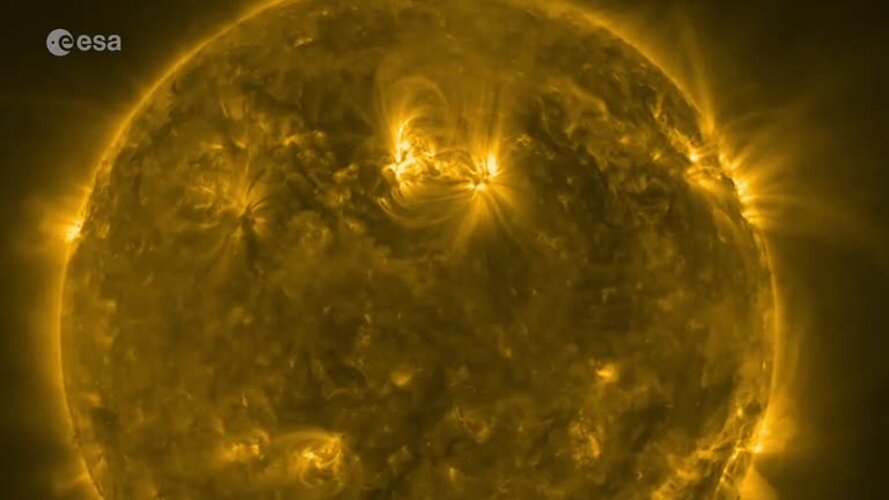 Video:
00:04:30
Video:
00:04:30
On 26 March and enduring temperatures of some 500 degrees Celsius from within the orbit of planet Mercury, Solar Orbiter returned spectacular imagery of the Sun during its first close encounter with our home star. Detailed new movies show activity in the solar atmosphere and reveal a variety of features, including something scientists are nicknaming ‘the hedgehog’ with spikes of hot gas reaching out in all directions.
Solar Orbiter’s ten science instruments are now all working together for the first time. Some are looking at the Sun while others are simultaneously measuring the environment around the spacecraft, enabling
The Sun as you’ve never seen it before
Wednesday, 18 May 2022 12:00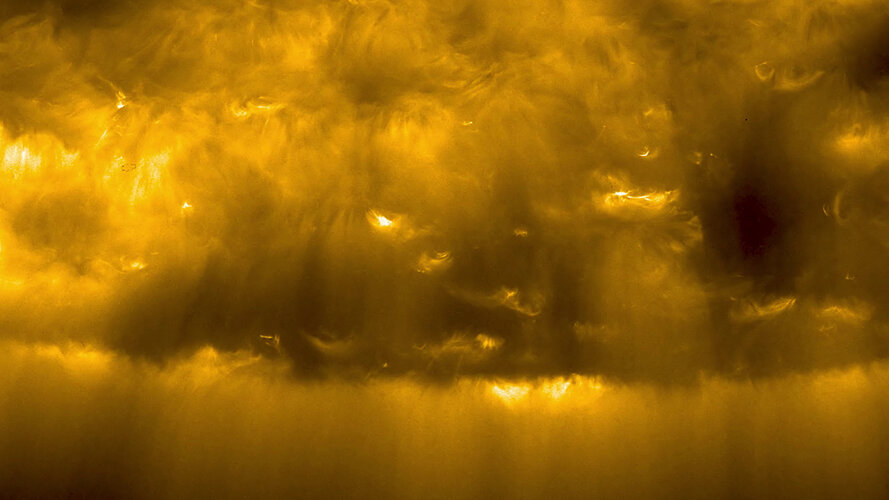
Powerful flares, breathtaking views across the solar poles, and a curious solar ‘hedgehog’ are amongst the haul of spectacular images, movies and data returned by Solar Orbiter from its first close approach to the Sun. Although the analysis of the new dataset has only just started, it is already clear that the ESA-led mission is providing the most extraordinary insights into the Sun’s magnetic behaviour and the way this shapes space weather.
Blasting out Earth's location with the hope of reaching aliens is a controversial idea
Wednesday, 18 May 2022 10:54 If a person is lost in the wilderness, they have two options. They can search for civilization, or they could make themselves easy to spot by building a fire or writing HELP in big letters. For scientists interested in the question of whether intelligent aliens exist, the options are much the same.
For over 70 years, astronomers have been scanning for radio or optical signals from other ci
If a person is lost in the wilderness, they have two options. They can search for civilization, or they could make themselves easy to spot by building a fire or writing HELP in big letters. For scientists interested in the question of whether intelligent aliens exist, the options are much the same.
For over 70 years, astronomers have been scanning for radio or optical signals from other ci First Air Force achieves IOC as 'Air Forces Space'
Wednesday, 18 May 2022 10:54 The Department of Defense designated First Air Force as 'Air Forces Space' (AFSPACE), and the fifth service component to U.S. Space Command May 3.
The change postures First Air Force to provide airpower expertise and advocacy in support of USSPACECOM's mission to conduct operations in, from and to space while integrating spacepower into the support of First Air Force's homeland defense mis
The Department of Defense designated First Air Force as 'Air Forces Space' (AFSPACE), and the fifth service component to U.S. Space Command May 3.
The change postures First Air Force to provide airpower expertise and advocacy in support of USSPACECOM's mission to conduct operations in, from and to space while integrating spacepower into the support of First Air Force's homeland defense mis Iran planning to launch 7 satellites in March 2023
Wednesday, 18 May 2022 10:54 Iran continues production of seven homegrown satellites, which may be launched in March next year when designers are expected to put final touches on the projects, Islamic Republic News Agency (IRNA) reported on Monday, citing the head of the Iranian Space Agency, Hassan Salarieh.
The spacecraft that are planned for the 2023 launch include the already manufactured Iranian Nahid, Pars-1 and
Iran continues production of seven homegrown satellites, which may be launched in March next year when designers are expected to put final touches on the projects, Islamic Republic News Agency (IRNA) reported on Monday, citing the head of the Iranian Space Agency, Hassan Salarieh.
The spacecraft that are planned for the 2023 launch include the already manufactured Iranian Nahid, Pars-1 and Terran Orbital delivers NASA's CubeSat Proximity Operations Demonstration to SpaceX for launch
Wednesday, 18 May 2022 10:54 Terran Orbital Corporation (NYSE: LLAP), a global leader in satellite solutions, primarily serving the United States aerospace and defense industry, has announced it delivered its CubeSat Proximity Operations Demonstration (CPOD) satellite to the Cape Canaveral Space Force Station in Florida for integration into the SpaceX Transporter-5 launch vehicle.
The CPOD project is being led by Terr
Terran Orbital Corporation (NYSE: LLAP), a global leader in satellite solutions, primarily serving the United States aerospace and defense industry, has announced it delivered its CubeSat Proximity Operations Demonstration (CPOD) satellite to the Cape Canaveral Space Force Station in Florida for integration into the SpaceX Transporter-5 launch vehicle.
The CPOD project is being led by Terr Mitsubishi Electric develops technology for the freeform printing of satellite antennas in outer space
Wednesday, 18 May 2022 10:54 Mitsubishi Electric Corporation (TOKYO: 6503) reports that the company has developed an on-orbit additive-manufacturing technology that uses photosensitive resin and solar ultraviolet light for the 3D printing of satellite antennas in the vacuum of outer space.
The novel technology makes use of a newly developed liquid resin that was custom formulated for stability in vacuum. The resin ena
Mitsubishi Electric Corporation (TOKYO: 6503) reports that the company has developed an on-orbit additive-manufacturing technology that uses photosensitive resin and solar ultraviolet light for the 3D printing of satellite antennas in the vacuum of outer space.
The novel technology makes use of a newly developed liquid resin that was custom formulated for stability in vacuum. The resin ena Artemis I mission availability
Wednesday, 18 May 2022 10:54 When Artemis I is ready to launch, a range of personnel from NASA, industry, and several international partners will be poised to support the mission. Before they get to launch day, the alignment of the Earth and Moon will determine when the Space Launch System (SLS) rocket with the uncrewed Orion spacecraft atop it can launch, along with several criteria for rocket and spacecraft performance.
When Artemis I is ready to launch, a range of personnel from NASA, industry, and several international partners will be poised to support the mission. Before they get to launch day, the alignment of the Earth and Moon will determine when the Space Launch System (SLS) rocket with the uncrewed Orion spacecraft atop it can launch, along with several criteria for rocket and spacecraft performance. 
